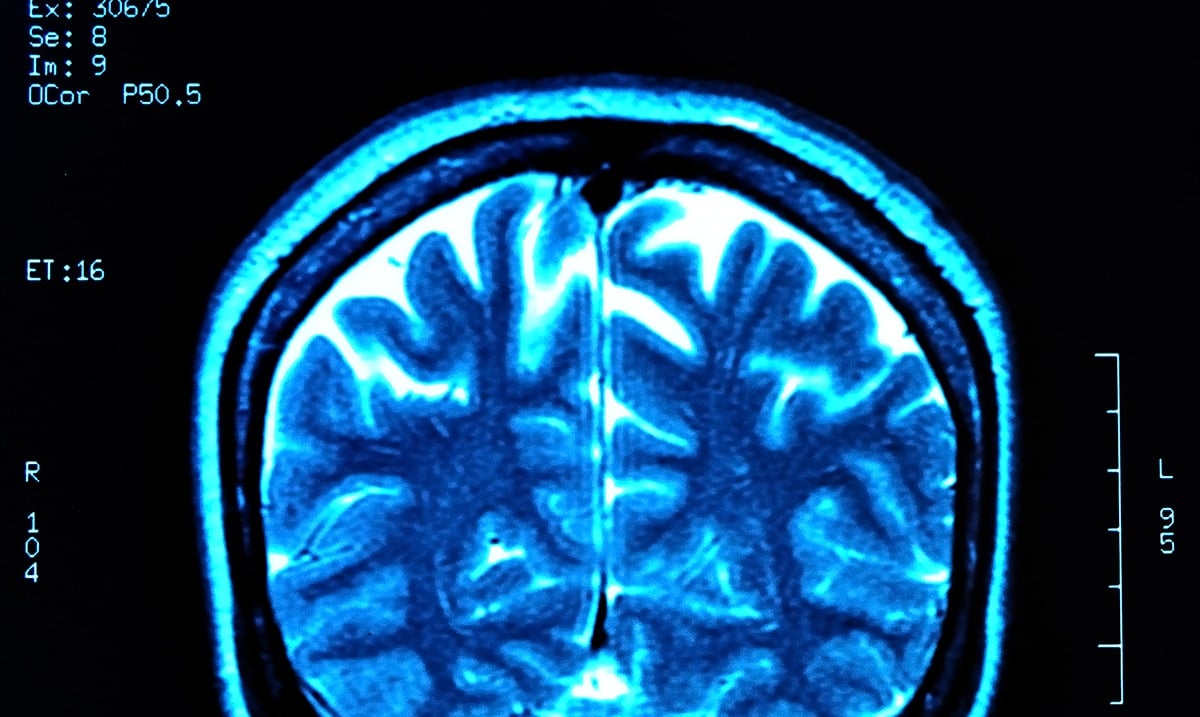As someone who has been plagued by migraines throughout the years hearing those who use the word so loosely can be quite disheartening. When you’re having a migraine you can’t just take Tylenol to make it better and the worse it gets the more crippling it can become while present. Migraines are much more complex than most people realize and that is why right now, we’re going to break down what they are as a whole.
Migraines are not something we understand completely even medically in this day and age but as time passes we come to know more and more about them and why those who struggle with them are facing them. It is thought that migraine pain happens because of waves of activity by groups of brain cells. These trigger chemicals that move forth to narrow blood vessels. Depending on the changes from there this feeds into a migraine. However, that’s not all their is to it.
Some migraines are triggered by stress while others can even be triggered by weather changes. Yes, you read that correctly. With more than 28 million people in America (as of 2011) dealing with migraines there are lots of different causes being taken into consideration.
In regards to what migraines are and how they work Mayo Clinic wrote as follows on their website:
A migraine can cause severe throbbing pain or a pulsing sensation, usually on one side of the head. It’s often accompanied by nausea, vomiting, and extreme sensitivity to light and sound. Migraine attacks can last for hours to days, and the pain can be so severe that it interferes with your daily activities.
For some people, a warning symptom known as an aura occurs before or with a headache. An aura can include visual disturbances, such as flashes of light or blind spots, or other disturbances, such as tingling on one side of the face or in an arm or leg and difficulty speaking.
Medications can help prevent some migraines and make them less painful. The right medicines, combined with self-help remedies and lifestyle changes, might help.
Symptoms –
Migraines, which often begin in childhood, adolescence or early adulthood, can progress through four stages: prodrome, aura, attack, and post-drome. Not everyone who has migraines goes through all stages.
Personally, my migraines have been present in my life for as long as I can remember. Most of the time the pain begins behind my eyes or at the back of my neck where my spine meets my skull. From there it grows quickly and I will in many instances struggle with concentration and light sensitivity.
If at this point I do not go lie down in the dark things will get worse quickly and I will end up being so nauseous that I do vomit. Any little bit of noise at that point is like knives breaking into my skull and rattling around. Migraines are so much more than I can find the words to explain and if you are one of the many people in this world who deal with them you know exactly what I mean.
To really learn exactly what happens in the mind of someone who is having a migraine please check out the video below. While headaches can be awful, they do not hold a candle to migraines. Perhaps in the future migraines will become a thing of the past if we are somehow as lucky as we hope to be.
Sources:
https://medlineplus.gov/migraine.html
https://www.hopkinsmedicine.org/health/conditions-and-diseases/headache/how-a-migraine-happens
Complex Migraines – Mayo Clinic
https://www.mayoclinic.org/diseases-conditions/migraine-headache/symptoms-causes/syc-20360201

